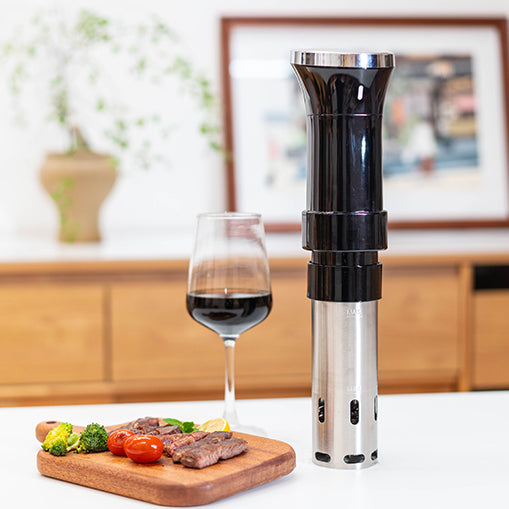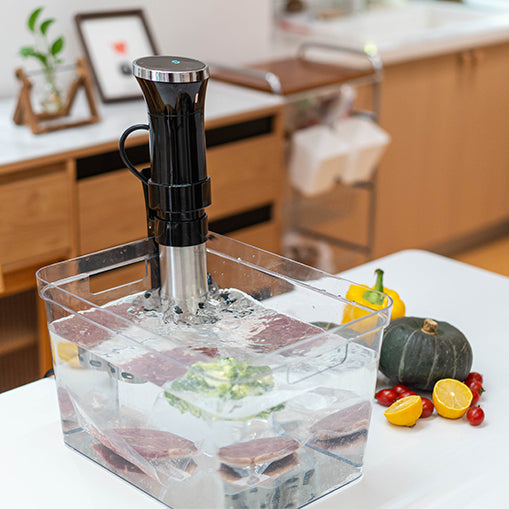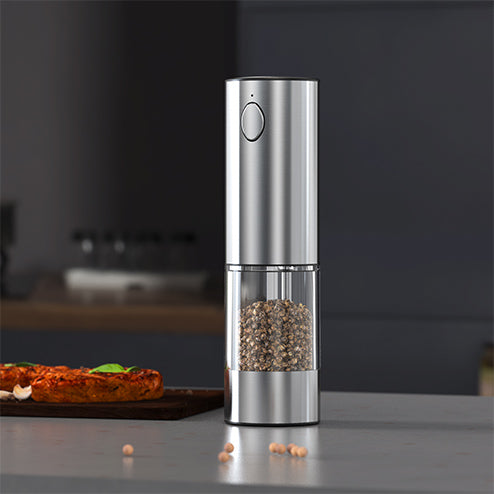On a hot summer day, few things are as refreshing as a cool, icy treat. Shaved ice and Italian ice are two popular choices that have captivated dessert lovers around the world with their unique textures and flavors. However, while both are delicious ways to cool down, they have distinct differences that set them apart.
In this article, we will explore what makes shaved ice vs Italian ice unique, delving into the difference between Italian ice and shaved ice in origins, preparation methods, flavor profiles, and more, to help you decide which one to indulge in during your next heatwave.

What Is Shaved Ice?
Shaved ice is a popular frozen dessert made by finely shaving a block of ice and then drizzling flavored syrups over the top. The result is a soft, fluffy texture that melts in your mouth. Unlike a snow cone, which uses crushed ice, shaved ice is lighter and absorbs the syrup better, leading to a more flavorful experience. Commonly enjoyed in Hawaii, where it is known as "Hawaiian shave ice," this treat is often served with toppings like sweetened condensed milk, mochi, or fresh fruit, adding to its delightful appeal.
What Is Italian Ice?
Now let’s see Italian ice. What is Italian shaved ice? Is Italian ice shaved ice? Not exactly. Italian ice, also known as "water ice" in some regions, is a smooth and creamy frozen dessert similar to sorbet. It is made by blending fruit juices or purees with sugar and water, which is then frozen and churned to create a texture that is denser than shaved ice but smoother than a snow cone.
Originating from Italy, this refreshing treat is often dairy-free, making it a great option for those with lactose intolerance or dietary restrictions. Italian ice is celebrated for its intense fruit flavors and is typically enjoyed in classic flavors such as lemon, cherry, and blue raspberry.
The Difference between Shaved Ice and Italian Ice
Understanding the key differences between shaved ice and Italian ice can help you choose the perfect treat for any occasion. So let's delve deeper into what's the difference between shaved ice and Italian ice.

Origins and Cultural Significance
Shaved ice has a rich cultural history that dates back to ancient times. Its roots can be traced to Japan, where it is known as "kakigori" and has been enjoyed since the Heian period (794–1185). It later became popular in Hawaii, where Japanese immigrants introduced the dessert, and it evolved into what is now known as Hawaiian shave ice. In Hawaii, shaved ice is a staple treat, often enjoyed at beachside stands and festivals.
Italian ice, on the other hand, has its origins in Italy. It is believed to have been inspired by the ancient Roman practice of mixing snow with honey and fruit juices to create a refreshing dessert. Italian immigrants brought this tradition to the United States, where it became a popular summertime treat in Italian-American communities, particularly in the Northeast. Italian ice holds cultural significance as a representation of Italian culinary heritage and is often enjoyed at family gatherings and celebrations.
Ingredients and Preparation Methods
The ingredients and preparation methods of shaved ice and Italian ice contribute to their distinct textures and flavors.
Shaved ice is made by finely shaving a block of ice into delicate, snow-like flakes with a shaved ice maker. These flakes are then drizzled with flavored syrups, which can be made from fruit juices, artificial flavors, or a combination of both. The syrup absorbs into the ice, creating a refreshing and flavorful dessert. Popular syrups include tropical flavors like mango, coconut, and pineapple, as well as traditional options like cherry and grape.
In contrast, Italian ice is made by blending fruit juices or purees with sugar and water to create a flavorful mixture. This mixture is then frozen and churned to create a smooth, creamy texture similar to sorbet. Italian ice is often made with real fruit, resulting in intense, natural flavors. The churning process prevents large ice crystals from forming, giving it a smoother consistency than shaved ice.

Texture and Flavor Profiles
The texture and flavor profiles of shaved ice and Italian ice are key differentiators that influence their popularity.
Shaved ice is known for its soft, fluffy texture that melts in your mouth. The fine ice shavings allow the syrup to be absorbed evenly, resulting in a burst of flavor with every bite. The texture of shaved ice is more delicate than that of a snow cone, which has larger, crunchier ice crystals.
Italian ice, on the other hand, has a denser and creamier texture. The smooth consistency comes from the churning process, which incorporates air into the mixture and prevents the formation of large ice crystals. This creates a dessert that is smoother and more uniform than shaved ice. The flavors of Italian ice are often more intense, thanks to the use of real fruit juices and purees, making each bite a refreshing burst of flavor.
Health and Dietary Considerations
When it comes to health and dietary considerations, both shaved ice and Italian ice offer benefits and options for different preferences.
Shaved ice is generally low in calories, as it primarily consists of ice and flavored syrup. However, the syrup may contain added sugars and artificial flavors, which can impact its nutritional value. For a healthier option, consider using natural fruit juices or reduced-sugar syrups.
Italian ice is typically made with real fruit, making it a dairy-free and often vegan-friendly option. It is generally lower in fat compared to ice cream or gelato, making it a suitable choice for those looking to reduce their fat intake. However, it may still contain added sugars, so it's important to enjoy it in moderation.
Popular Varieties
Both shaved ice and Italian ice offer a wide range of flavors and varieties to suit different tastes. Shaved ice is often customizable, with a variety of syrups and toppings to choose from. In Hawaii, popular toppings include sweetened condensed milk, azuki beans, and mochi, which add texture and flavor to the dessert. Classic syrup flavors like cherry, blue raspberry, and grape are widely enjoyed, while tropical flavors like passion fruit and lychee add an exotic twist.
Italian ice is celebrated for its intense fruit flavors and can be found in a variety of classic and unique flavors. Lemon, cherry, and blue raspberry are perennial favorites, while newer flavors like mango, watermelon, and peach offer a refreshing alternative. Some Italian ice vendors also offer specialty flavors with mix-ins like cookie dough or brownie bites, adding a touch of indulgence.

Conclusion
Now you know what is the difference between Italian ice and shaved ice. Shaved ice and Italian ice are both delicious frozen treats that offer a refreshing escape from the heat. While they share similarities in being icy and flavorful, the differences between shaved ice vs Italian ice in texture, preparation, and cultural significance make each unique. Whether you prefer the soft, fluffy texture of shaved ice or the smooth, intense flavors of Italian ice, both desserts offer a delightful way to cool down on a hot day. So explore these tasty options and discover your favorite flavor combinations.









